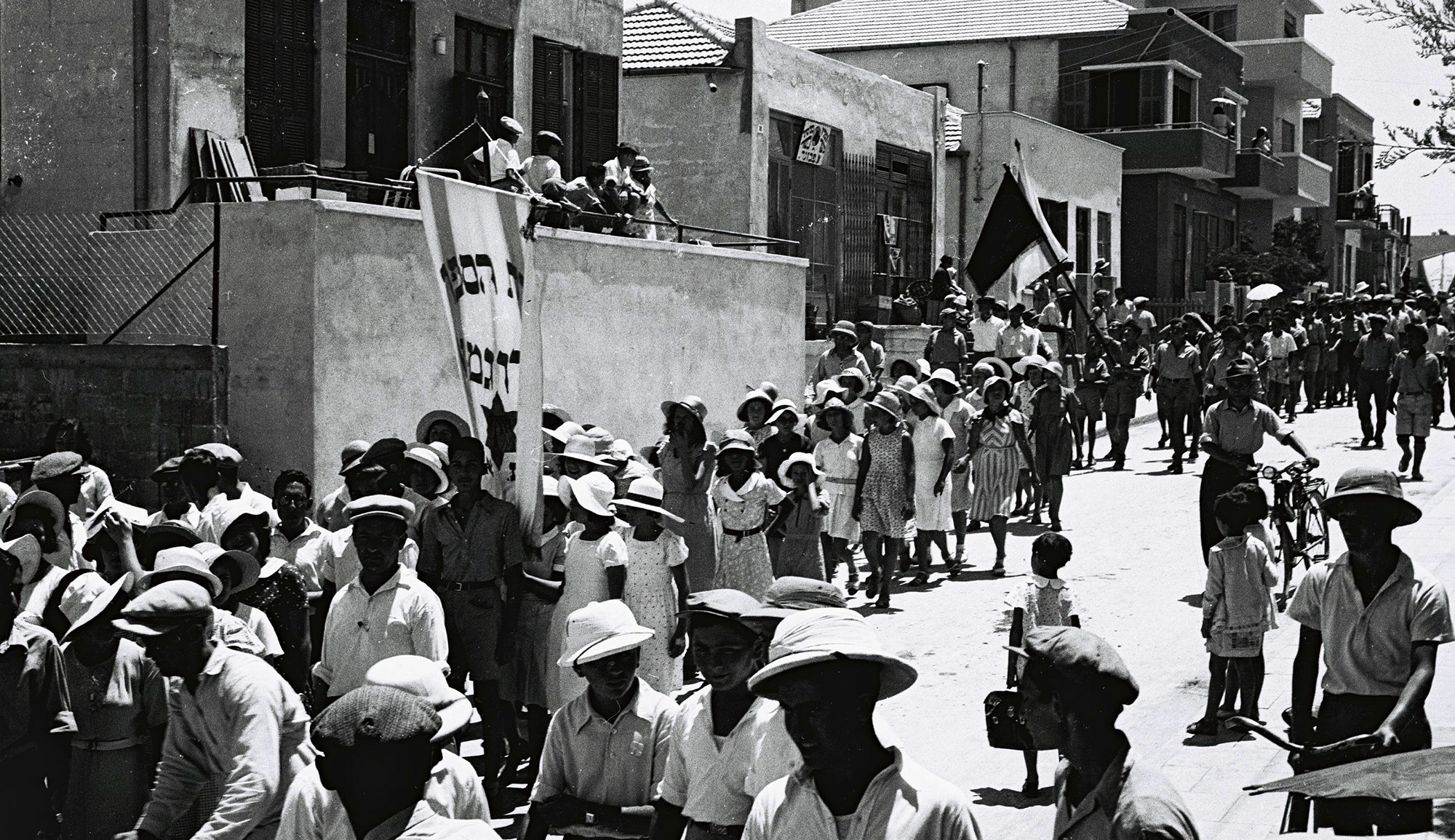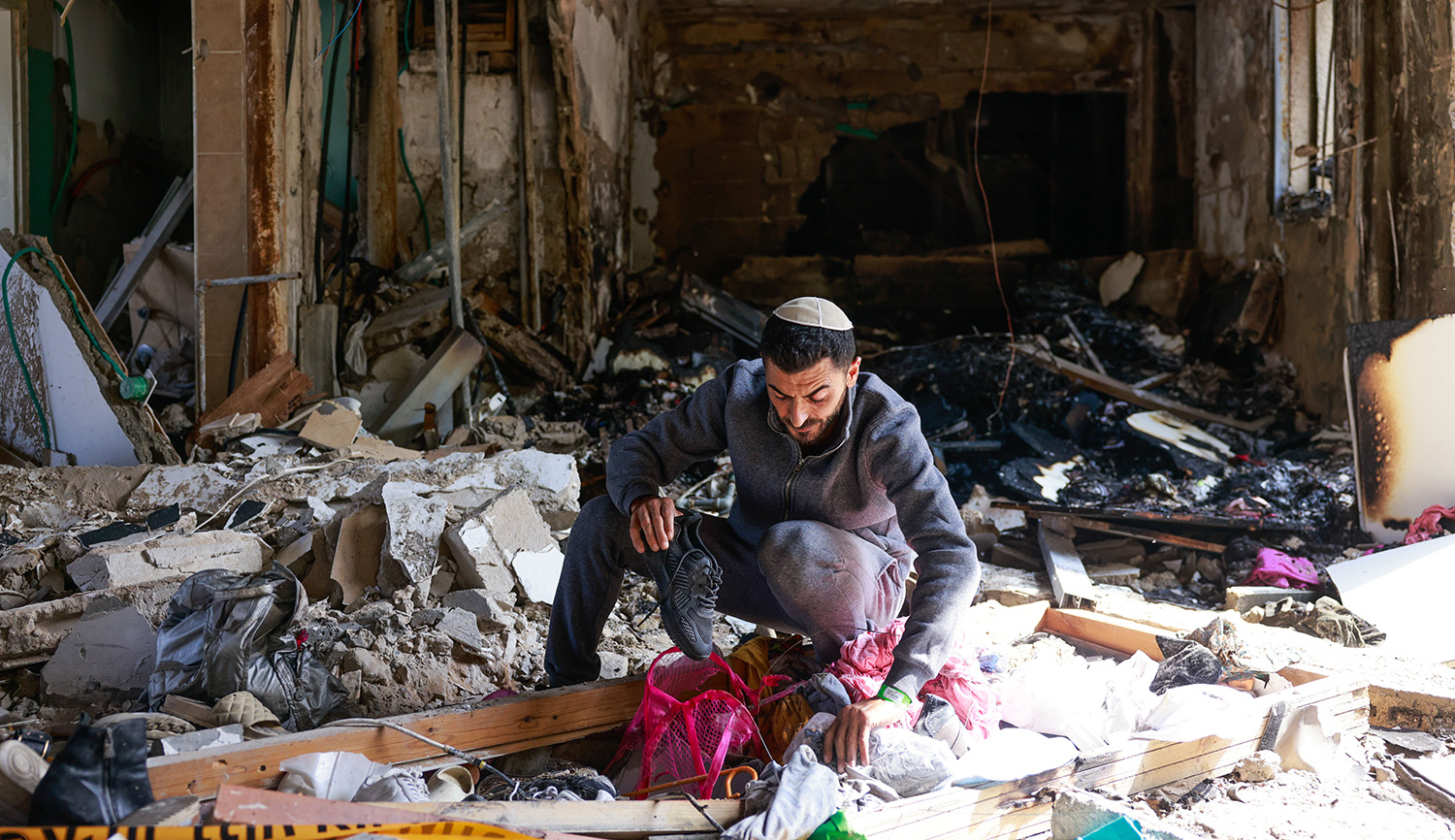Backed by Moscow and Tehran, Bashar al-Assad has begun an offensive against the rebel strongholds in southwestern Syria that will inevitably place Iran’s forces directly on Israel’s border. Meanwhile, groups in Gaza—including Islamic Jihad, which is all but an Iranian proxy—have persisted in firing rockets at Israeli communities. Tony Badran sees a “coordinated Iranian strategy” at work:
Iran’s assets don’t stand a chance against Israel in a full-on war. But low-intensity conflict can work to [Tehran’s] advantage. . . . The purpose of all the activity in Gaza, therefore, is to tie down and distract Israel, and then try to divide its forces between two active fronts in the hope of deterring them from truly acting on either. If successful, Iran will have set up fronts on Israel’s borders with Gaza, Lebanon [in the form of Hizballah], and Syria.
So long as Iran is able to avoid high-intensity conflict in these arenas, it can press ahead with its plan. [For the time being], the Israelis have made clear they will not accept low-intensity conflict on their borders as a norm, and will not allow the Iranians to entrench themselves not just on the Golan but in Syria more broadly, no matter the cost.
There is debate in Israel about whether the time has come to hit Gaza hard. Notwithstanding all the chatter about a deal with Russia [to keep Iran and Hizballah out of the Syrian Golan], there is equal need for Israel to intensify its targeting campaign against Iran’s infrastructure, personnel, and logistical lines in Syria. . . .
Israel will need to carry out its strikes with a posture signaling readiness to go to full war. Normalizing protracted low-intensity war, akin to the situation with Lebanon between 1996 and 2006, will prove to be a costly mistake. As Prime Minister Benjamin Netanyahu put it recently, “if there needs to be” conflict with Iran, “it is better now than later.”
More about: Gaza Strip, Hizballah, Iran, Islamic Jihad, Israel & Zionism, Israeli Security, Syrian civil war


